当前位置:网站首页>Redis源码分析之PSYNC同步
Redis源码分析之PSYNC同步
2022-04-23 14:11:00 【Mrpre】
Redis master-slave 同步源码分析
(1)slave 流程分析
(2)master 流程分析
Slave 分析
当Redis 启动后,会每隔 1s 调用 replicationCron (通过 redis自带的serverCron后台线程),即无论是单机、还是Master、还是Slave都会调用这个函数。
我们先来讨论下作为Slave的情况下,replicationCron 函数运行逻辑。
作为slave,这个函数的功能应该能猜到,就是和Master保持连接、握手、接受Master存量数据+接受Master增量数据
/* Replication cron function, called 1 time per second. */
void replicationCron(void) {
static long long replication_cron_loops = 0;
/*一堆超时判断,先不管*/
/* Non blocking connection timeout? */
if (server.masterhost &&
(server.repl_state == REPL_STATE_CONNECTING ||
slaveIsInHandshakeState()) &&
(time(NULL)-server.repl_transfer_lastio) > server.repl_timeout)
{
serverLog(LL_WARNING,"Timeout connecting to the MASTER...");
cancelReplicationHandshake();
}
......
/*作为slave,connectWithMaster创建和Master的socket,并且将回调函数设置为 syncWithMaster,并将同步状态设置为 REPL_STATE_CONNECTING */
/* Check if we should connect to a MASTER */
if (server.repl_state == REPL_STATE_CONNECT) {
serverLog(LL_NOTICE,"Connecting to MASTER %s:%d",
server.masterhost, server.masterport);
if (connectWithMaster() == C_OK) {
serverLog(LL_NOTICE,"MASTER <-> REPLICA sync started");
}
}
/* Send ACK to master from time to time. * Note that we do not send periodic acks to masters that don't * support PSYNC and replication offsets. */
if (server.masterhost && server.master &&
!(server.master->flags & CLIENT_PRE_PSYNC))
replicationSendAck();
....
}
syncWithMaster 就是作为Slave和Master连接的的握手函数。
syncWithMaster函数就不再详细贴出代码,直接这里逻辑
1、发送ping
2、读pong表示成功继续第3步
3、如果master配置了requirepass ,那么slave必须配置 masterauth,所以就需要发送auth信息。如果不需要发送auth就到第5步
4、接受auth的结果,正确就继续
5、发送slave的port信息,这个port用于告知master连slave时使用哪个端口
6、判断 5 的结果
7、同5,只是发送的是slave 的 ip地址。5和7的端口,实际上目前翻看Redis源码,没有用到。
8、判断 7 的返回结果
9、slave发送自己的同步能力到master,用以和Master对齐同步的方法,最新版本支持 eof 和 psync2。psync是 partial resynchronization 的意思
10、发送 "PSYNC psync_replid psync_offset -1"到Master(全量的化就是 “PSYNC ? -1)
11、如果Master 回复 “+FULLRESYNC psync_replid psync_offset”,表示全量复制;如果回复”+CONTINUE psync_replid"表示部分复制
如果握手完成后,则 和 Master 建立的fd的 read event 变成 readSyncBulkPayload 函数
void syncWithMaster(aeEventLoop *el, int fd, void *privdata, int mask) {
......
/* Setup the non blocking download of the bulk file. */
if (aeCreateFileEvent(server.el,fd, AE_READABLE,readSyncBulkPayload,NULL)
== AE_ERR)
{
serverLog(LL_WARNING,
"Can't create readable event for SYNC: %s (fd=%d)",
strerror(errno),fd);
goto error;
}
}
readSyncBulkPayload负责读完数据,然后调用 replicationCreateMasterClient,将当前和master连接的fd的callback变成readQueryFromClient
这样,这个连接后续就会接受Master发过来的指令。
void readSyncBulkPayload(aeEventLoop *el, int fd, void *privdata, int mask) {
char buf[4096];
ssize_t nread, readlen, nwritten;
off_t left;
UNUSED(el);
UNUSED(privdata);
UNUSED(mask);
/* Static vars used to hold the EOF mark, and the last bytes received * form the server: when they match, we reached the end of the transfer. */
static char eofmark[CONFIG_RUN_ID_SIZE];
static char lastbytes[CONFIG_RUN_ID_SIZE];
static int usemark = 0;
/* If repl_transfer_size == -1 we still have to read the bulk length * from the master reply. */
/*第一次读 repl_transfer_size 是 -1 * Master第一次传输的数据是rdb文件的长度, *格式是有2种,一种是 $len。另一种 是 $EOF:<40 bytes delimiter>,前者表示指定长度,然后slave读指定长度即可,后者是 40字节的结束符 *Master 会在rdb文件发送完成后发送40字节结束符表示自己结束了。 * */
if (server.repl_transfer_size == -1) {
if (syncReadLine(fd,buf,1024,server.repl_syncio_timeout*1000) == -1) {
serverLog(LL_WARNING,
"I/O error reading bulk count from MASTER: %s",
strerror(errno));
goto error;
}
if (buf[0] == '-') {
serverLog(LL_WARNING,
"MASTER aborted replication with an error: %s",
buf+1);
goto error;
} else if (buf[0] == '\0') {
/* At this stage just a newline works as a PING in order to take * the connection live. So we refresh our last interaction * timestamp. */
server.repl_transfer_lastio = server.unixtime;
return;
} else if (buf[0] != '$') {
serverLog(LL_WARNING,"Bad protocol from MASTER, the first byte is not '$' (we received '%s'), are you sure the host and port are right?", buf);
goto error;
}
/* There are two possible forms for the bulk payload. One is the * usual $<count> bulk format. The other is used for diskless transfers * when the master does not know beforehand the size of the file to * transfer. In the latter case, the following format is used: * * $EOF:<40 bytes delimiter> * * At the end of the file the announced delimiter is transmitted. The * delimiter is long and random enough that the probability of a * collision with the actual file content can be ignored. */
if (strncmp(buf+1,"EOF:",4) == 0 && strlen(buf+5) >= CONFIG_RUN_ID_SIZE) {
usemark = 1;
memcpy(eofmark,buf+5,CONFIG_RUN_ID_SIZE);
memset(lastbytes,0,CONFIG_RUN_ID_SIZE);
/* Set any repl_transfer_size to avoid entering this code path * at the next call. */
server.repl_transfer_size = 0;
serverLog(LL_NOTICE,
"MASTER <-> REPLICA sync: receiving streamed RDB from master");
} else {
usemark = 0;
server.repl_transfer_size = strtol(buf+1,NULL,10);
serverLog(LL_NOTICE,
"MASTER <-> REPLICA sync: receiving %lld bytes from master",
(long long) server.repl_transfer_size);
}
return;
}
/*到这就是读文件了 * usemark:表示通过EOF读 *repl_transfer_size:文件总大小 *repl_transfer_read:文件已读大小 */
/* Read bulk data */
if (usemark) {
readlen = sizeof(buf);
} else {
left = server.repl_transfer_size - server.repl_transfer_read;
readlen = (left < (signed)sizeof(buf)) ? left : (signed)sizeof(buf);
}
nread = read(fd,buf,readlen);
if (nread <= 0) {
serverLog(LL_WARNING,"I/O error trying to sync with MASTER: %s",
(nread == -1) ? strerror(errno) : "connection lost");
cancelReplicationHandshake();
return;
}
server.stat_net_input_bytes += nread;
/* When a mark is used, we want to detect EOF asap in order to avoid * writing the EOF mark into the file... */
int eof_reached = 0;
if (usemark) {
/* Update the last bytes array, and check if it matches our delimiter.*/
if (nread >= CONFIG_RUN_ID_SIZE) {
memcpy(lastbytes,buf+nread-CONFIG_RUN_ID_SIZE,CONFIG_RUN_ID_SIZE);
} else {
int rem = CONFIG_RUN_ID_SIZE-nread;
memmove(lastbytes,lastbytes+nread,rem);
memcpy(lastbytes+rem,buf,nread);
}
if (memcmp(lastbytes,eofmark,CONFIG_RUN_ID_SIZE) == 0) eof_reached = 1;
}
server.repl_transfer_lastio = server.unixtime;
if ((nwritten = write(server.repl_transfer_fd,buf,nread)) != nread) {
serverLog(LL_WARNING,"Write error or short write writing to the DB dump file needed for MASTER <-> REPLICA synchronization: %s",
(nwritten == -1) ? strerror(errno) : "short write");
goto error;
}
server.repl_transfer_read += nread;
/* Delete the last 40 bytes from the file if we reached EOF. */
if (usemark && eof_reached) {
if (ftruncate(server.repl_transfer_fd,
server.repl_transfer_read - CONFIG_RUN_ID_SIZE) == -1)
{
serverLog(LL_WARNING,"Error truncating the RDB file received from the master for SYNC: %s", strerror(errno));
goto error;
}
}
/* Sync data on disk from time to time, otherwise at the end of the transfer * we may suffer a big delay as the memory buffers are copied into the * actual disk. */
if (server.repl_transfer_read >=
server.repl_transfer_last_fsync_off + REPL_MAX_WRITTEN_BEFORE_FSYNC)
{
off_t sync_size = server.repl_transfer_read -
server.repl_transfer_last_fsync_off;
rdb_fsync_range(server.repl_transfer_fd,
server.repl_transfer_last_fsync_off, sync_size);
server.repl_transfer_last_fsync_off += sync_size;
}
/* Check if the transfer is now complete */
if (!usemark) {
if (server.repl_transfer_read == server.repl_transfer_size)
eof_reached = 1;
}
/*读完一份,就加载rdb*/
if (eof_reached) {
int aof_is_enabled = server.aof_state != AOF_OFF;
/* Ensure background save doesn't overwrite synced data */
if (server.rdb_child_pid != -1) {
serverLog(LL_NOTICE,
"Replica is about to load the RDB file received from the "
"master, but there is a pending RDB child running. "
"Killing process %ld and removing its temp file to avoid "
"any race",
(long) server.rdb_child_pid);
kill(server.rdb_child_pid,SIGUSR1);
rdbRemoveTempFile(server.rdb_child_pid);
}
if (rename(server.repl_transfer_tmpfile,server.rdb_filename) == -1) {
serverLog(LL_WARNING,"Failed trying to rename the temp DB into dump.rdb in MASTER <-> REPLICA synchronization: %s", strerror(errno));
cancelReplicationHandshake();
return;
}
serverLog(LL_NOTICE, "MASTER <-> REPLICA sync: Flushing old data");
/* We need to stop any AOFRW fork before flusing and parsing * RDB, otherwise we'll create a copy-on-write disaster. */
if(aof_is_enabled) stopAppendOnly();
signalFlushedDb(-1);
emptyDb(
-1,
server.repl_slave_lazy_flush ? EMPTYDB_ASYNC : EMPTYDB_NO_FLAGS,
replicationEmptyDbCallback);
/* Before loading the DB into memory we need to delete the readable * handler, otherwise it will get called recursively since * rdbLoad() will call the event loop to process events from time to * time for non blocking loading. */
aeDeleteFileEvent(server.el,server.repl_transfer_s,AE_READABLE);
serverLog(LL_NOTICE, "MASTER <-> REPLICA sync: Loading DB in memory");
rdbSaveInfo rsi = RDB_SAVE_INFO_INIT;
if (rdbLoad(server.rdb_filename,&rsi) != C_OK) {
serverLog(LL_WARNING,"Failed trying to load the MASTER synchronization DB from disk");
cancelReplicationHandshake();
/* Re-enable the AOF if we disabled it earlier, in order to restore * the original configuration. */
if (aof_is_enabled) restartAOFAfterSYNC();
return;
}
/* Final setup of the connected slave <- master link */
zfree(server.repl_transfer_tmpfile);
close(server.repl_transfer_fd);
replicationCreateMasterClient(server.repl_transfer_s,rsi.repl_stream_db);
server.repl_state = REPL_STATE_CONNECTED;
server.repl_down_since = 0;
/* After a full resynchroniziation we use the replication ID and * offset of the master. The secondary ID / offset are cleared since * we are starting a new history. */
memcpy(server.replid,server.master->replid,sizeof(server.replid));
server.master_repl_offset = server.master->reploff;
clearReplicationId2();
/* Let's create the replication backlog if needed. Slaves need to * accumulate the backlog regardless of the fact they have sub-slaves * or not, in order to behave correctly if they are promoted to * masters after a failover. */
if (server.repl_backlog == NULL) createReplicationBacklog();
serverLog(LL_NOTICE, "MASTER <-> REPLICA sync: Finished with success");
/* Restart the AOF subsystem now that we finished the sync. This * will trigger an AOF rewrite, and when done will start appending * to the new file. */
if (aof_is_enabled) restartAOFAfterSYNC();
}
return;
error:
cancelReplicationHandshake();
return;
}
总结一下,Redis 的 psync 模式
(1)slave 往 master connect,然后握手。
(2)slave 发送 sync/psync 往 Master。
(3)Master 判断 是否全量还是增量推送,然后回复给slave,全量模式下,master立刻发送 rdb文件,增量模式下,master就发送指令。
(4)如果是全量模式,在推送rdb文件的后,Master会把推送rdb文件这个窗口期内的数据+后续的数据,以指令方式推送,其实就是增量部分了。
(5)增量部分的发送,调用了call->propagate->replicationFeedSlaves->addReply 来发送至 slave, addReply 通常用于 处理完Client的请求然后发送响应,这里被用来同数据给Salve。但addReply只是写入Redis自己的缓冲区,然后等主循环的下一次循环,beforeSleep->handleClientsWithPendingWrites将数据发送出去。
Master 流程分析
看到Salve流程,基本就能猜出Master的流程。
1、Master处理 psync指令,判断是否是全量同步还是增量同步
2、masterTryPartialResynchronization->addReplyReplicationBacklog
实际上,Master开不开AOF和RDB并不影响 同步。
Master 的 backlog逻辑,对Master任意写操作,都会触发feedReplicationBacklog,目的是将数据写入自己的缓冲区,然后记录一些偏移量。
缓冲区作用
(1)全量同步rdb时比较耗时,在RDB文件处理完成前,的这部分数据需要保留下来,作为增量数据传输
(2)Slave和Master全量同步之后增量同步,此时如果发生断网,那么Slave重连后,无条件全量同步肯定不能接受,Master需要保存部分数据,这部分数据如果恰巧包含了断网
期间Salve未收到的数据,则执行增量同步。
Redis 的backlog是一个环形的数据,所以不存在溢出,但是如果一个断网期间,Master写入的数据,实打实的超过一圈,那么也没救了,因为写入一圈,必然覆盖了部分旧数据,
相当于丢数据了所以看到不能增量同步了,需要全量。
几个offset说明一下意思
(1)repl_backlog_idx,下次待写入的数据的起始地址,所以下面代码可以看到,repl_backlog_idx 满一圈后,置为0,然后从0开始再写。
(2)repl_backlog_size,buffer的总长度,配置文件配置的,repl_backlog 就是根据这个大小申请出来的buffer
(3)master_repl_offset,从0开始累加的一个值
(4)repl_backlog_histlen 值 也是从0开始的一个值,最大为 repl_backlog_size
反正,大家不要尝试从字面角度或者源码角度理解这几个值,比较复杂,但是,核心目的很简单,这几个值就是需要让Master自己知道,Slave psync时发送过来的offset开始的指令,Master自己是否好保存。
void feedReplicationBacklog(void *ptr, size_t len) {
unsigned char *p = ptr;
printf("p %s\n",p);
server.master_repl_offset += len;
/* This is a circular buffer, so write as much data we can at every * iteration and rewind the "idx" index if we reach the limit. */
while(len) {
size_t thislen = server.repl_backlog_size - server.repl_backlog_idx;
if (thislen > len) thislen = len;
memcpy(server.repl_backlog+server.repl_backlog_idx,p,thislen);
server.repl_backlog_idx += thislen;
if (server.repl_backlog_idx == server.repl_backlog_size)
server.repl_backlog_idx = 0;
len -= thislen;
p += thislen;
server.repl_backlog_histlen += thislen;
}
if (server.repl_backlog_histlen > server.repl_backlog_size)
server.repl_backlog_histlen = server.repl_backlog_size;
/* Set the offset of the first byte we have in the backlog. */
server.repl_backlog_off = server.master_repl_offset -
server.repl_backlog_histlen + 1;
}
版权声明
本文为[Mrpre]所创,转载请带上原文链接,感谢
https://wonderful.blog.csdn.net/article/details/107250252
边栏推荐
猜你喜欢

Man man notes and @ reboot usage of crontab
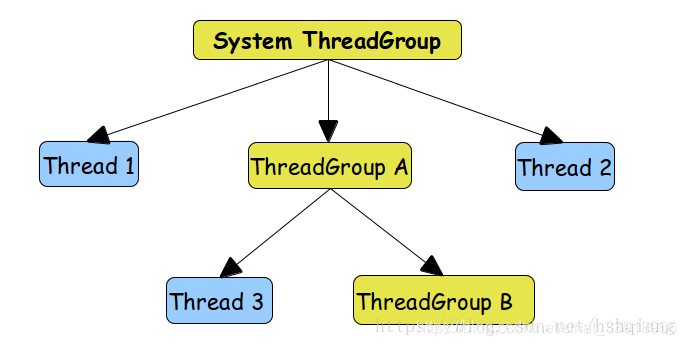
Thread group ThreadGroup uses introduction + custom thread factory class to implement threadfactory interface
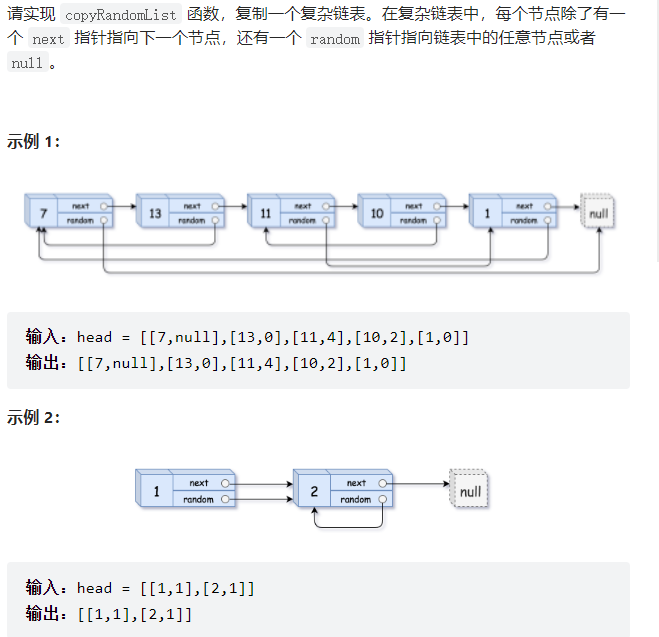
剑指offer刷题(1)--面向华为
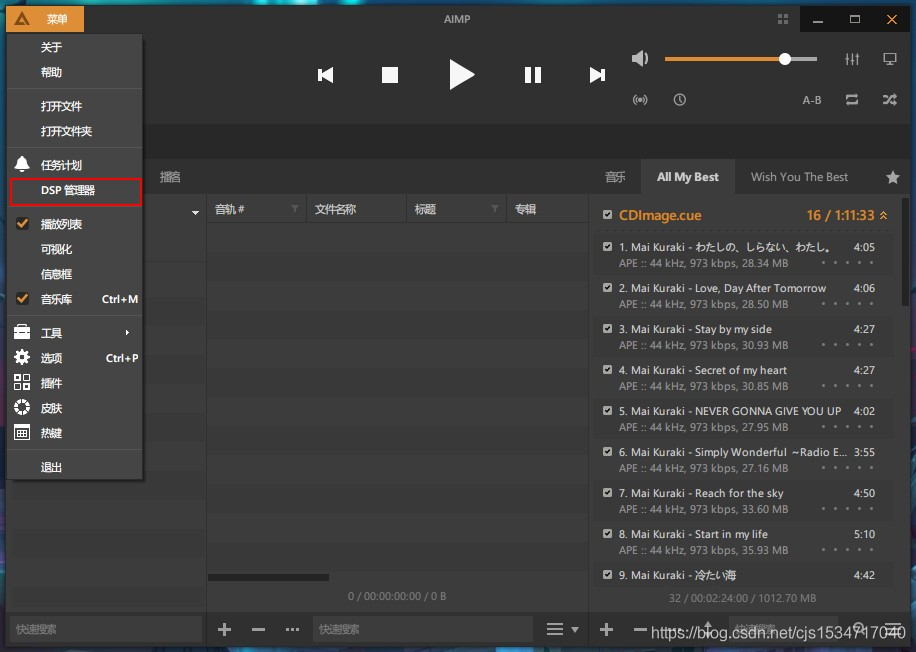
Win10 comes with groove music, which can't play cue and ape files. It's a curvilinear way to save the country. It creates its own aimpack plug-in package, and aimp installs DSP plug-in
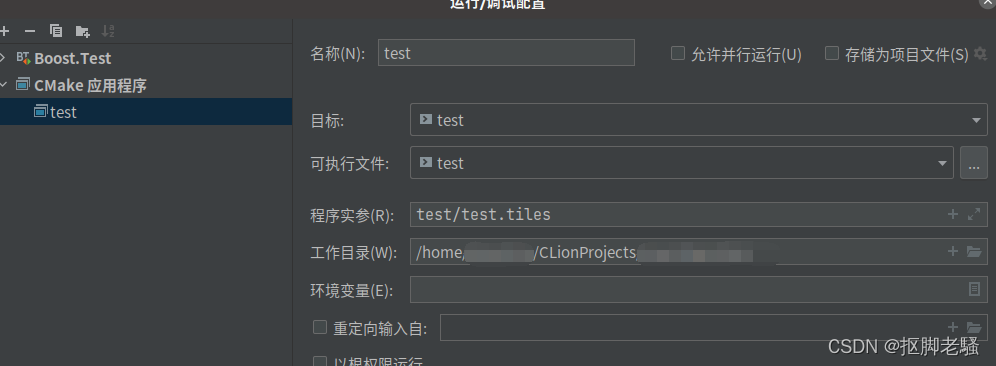
Pass in external parameters to the main function in clion
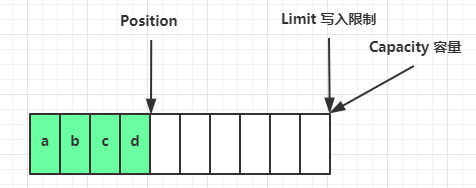
01-nio basic ByteBuffer and filechannel
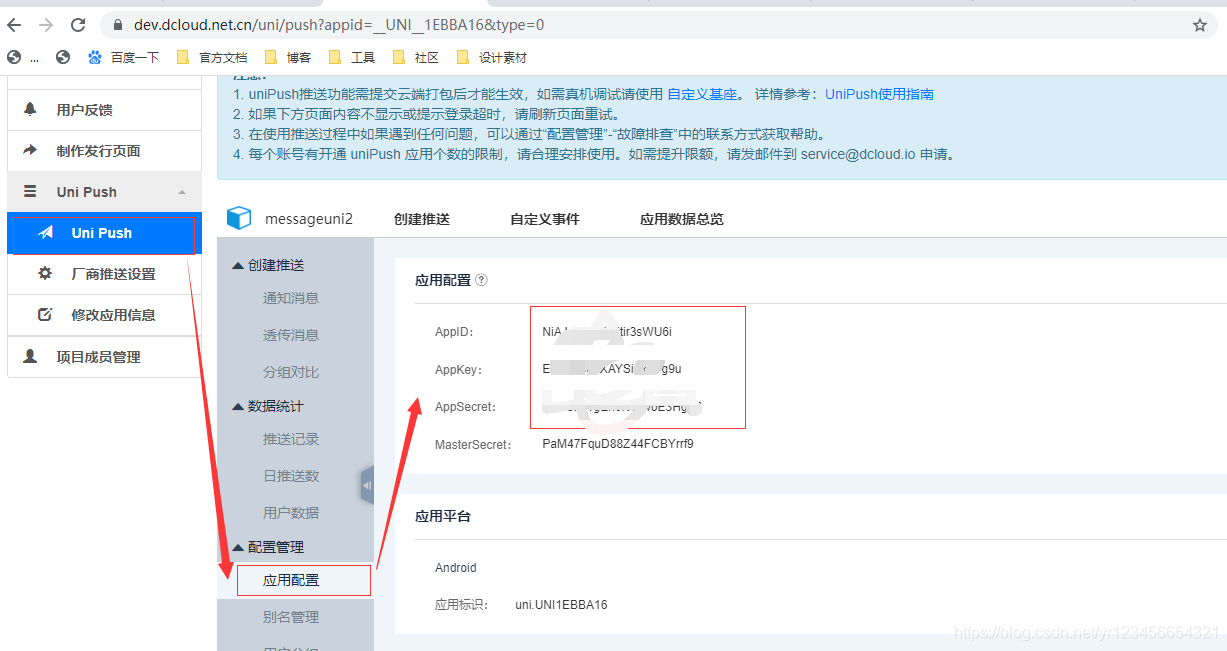
uni-app消息推送
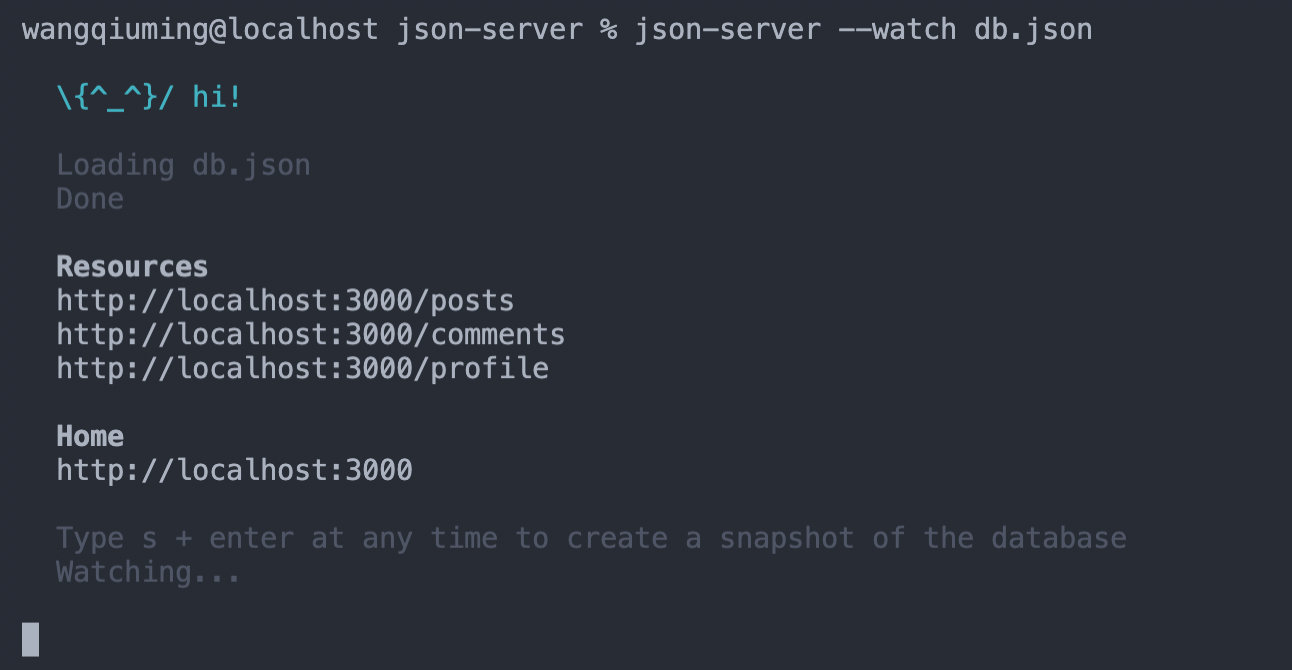
利用json-server在本地创建服务器请求
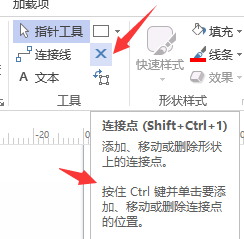
Visio画拓扑图随记

关于云容灾,你需要知道这些
随机推荐
mysql 5.1升级到5.69
处理 mkdir:无法创建目录“aaa“:只读文件系统
MySQL lock database lock
yml引用其他变量
Use cases of the arrays class
js 递归(1)
mysql 5.1升级到5.67
dp-[NOIP2000]方格取数
About the configuration and use of json5 in nodejs
线程间控制之Semaphore使用介绍
x509证书cer格式转pem格式
JS recursion (1)
Introduction to the use of semaphore for inter thread control
Nacos作为配置中心(四) 使用Demo
js 格式化时间
HyperBDR云容灾V3.3.0版本发布|容灾功能升级,资源组管理功能优化
mysql 5.1升级到5.611
线程间控制之CountDownLatch和CyclicBarrier使用介绍
基础正则表达式
rsync+inotify远程同步